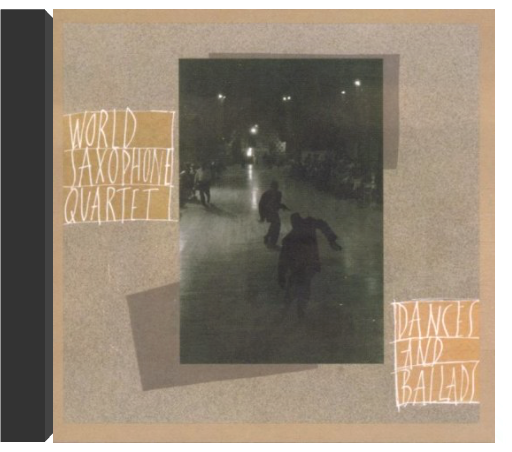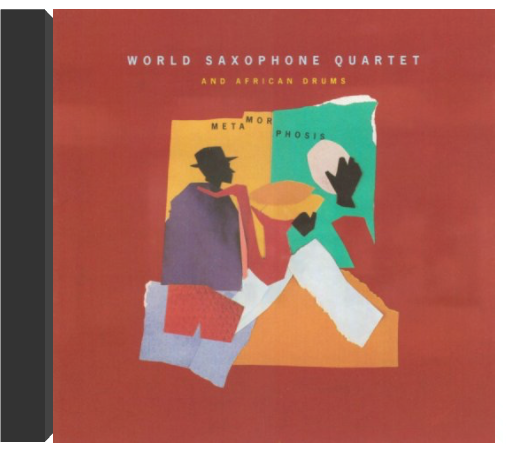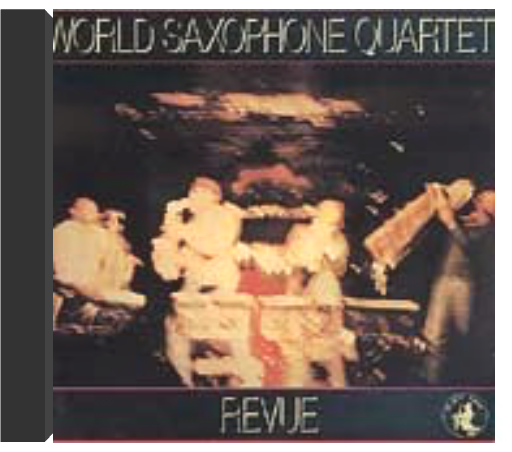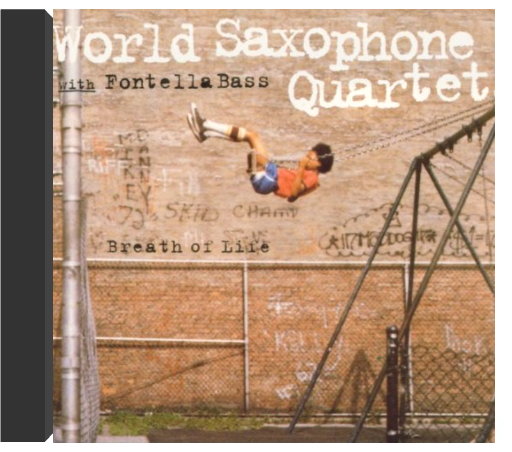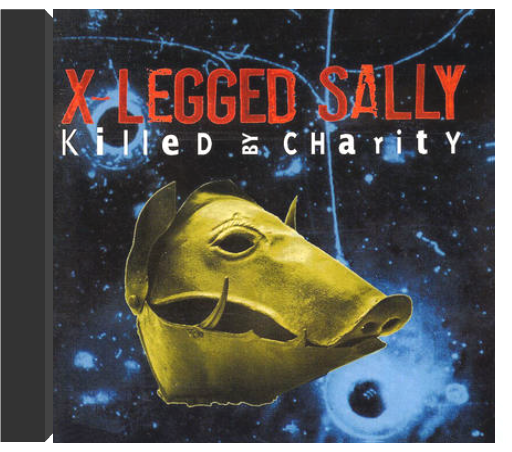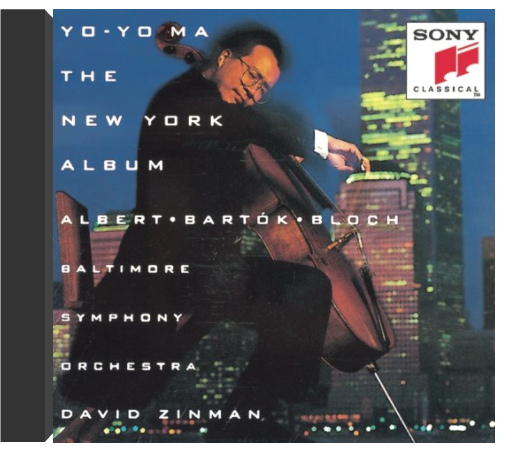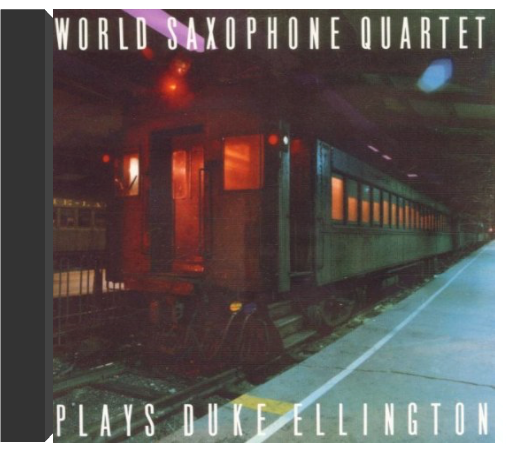 EllingtonWorld Sax Quartet EllingtonWorld Sax Quartet Duke Ellington's work has always appealed to innovative musicians, from Thelonious Monk to Cecil Taylor to Don Byron. That dynamic, decades-long tradition is apparent on this CD, with the World Saxophone Quartet finding ways to adapt Ellington and Strayhorn classics to its four-saxophone format and free vocabulary. From the early '30s, the Ellington Orchestra always possessed a great reed section, and Duke excelled at wringing lush and varied textures from it. Those reed sections clearly inspired this project, with the sounds of Ellingtonians like Harry Carney, Johnny Hodges, and Russell Procope echoing here in the work of Julius Hemphill, Oliver Lake, David Murray, and Hamiet Bluiett. The gorgeous melody of "Come Sunday" inspires a superb solo from Murray, who reaches back through a tradition of radical tenor saxophonists to touch on the lyric wellspring of Ben Webster. Similarly, altoist Oliver Lake seems to use the leaping style of Eric Dolphy to reinvent "Prelude to a Kiss." The results are always intriguing, and this is among the WSQ's most durable recordings. —Stuart Broomer 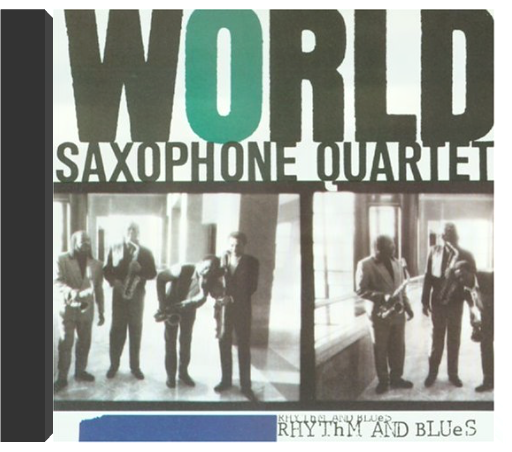 Rhythm & BluesWorld Sax Quartet Rhythm & BluesWorld Sax Quartet When Hamiett Bluiett's baritone sax honks out the riff from the O'Jays' "For the Love of Money," it's clear that not only are several genre fences being run down, the World Saxophone Quartet is having the time of its life driving the bulldozer. Not that Rhythm and Blues, a set of six soul and blues classics matched with three originals, lacks subtlety. A ruminative, slowed-down "Let's Get It On," the natural encore hand- clapper "I Heard That" (one of Bluiett's two compositions here), and "Night Train," the James Brown-by-way-of-big-band mover—just three sublime highlights—help make this a gleeful, deeply felt work of very, very human art. —Rickey Wright 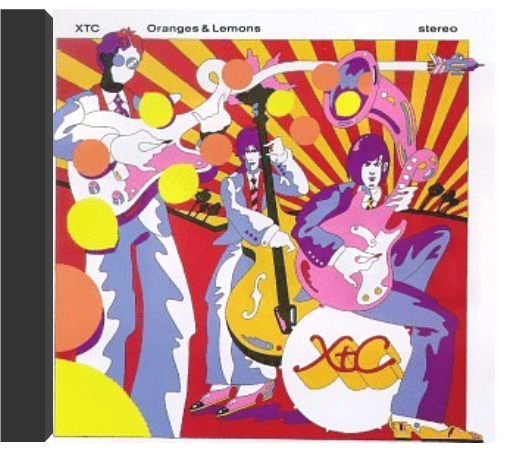 Oranges & LemonsXtc Oranges & LemonsXtc 24-bit remastered reissue of 1989 album. 15 tracks, including "The Mayor Of Simpleton." 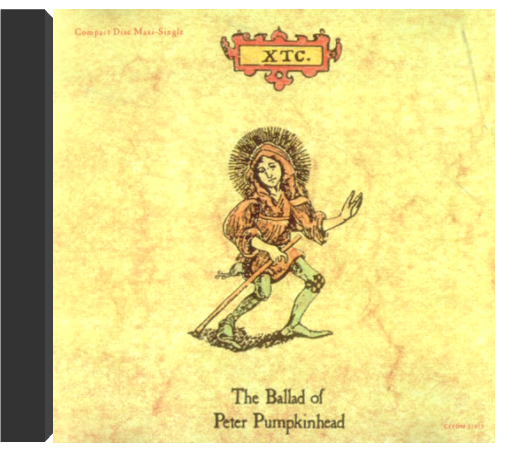 The Ballad Of Peter PumpkinheadXTC The Ballad Of Peter PumpkinheadXTC XTC The Ballad Of Peter Pumpkinhead (1992 UK Virgin label limited edition 4-track CD single also including Wardance & demo versions of My Bird Performs & Always Winter Never Christmas digipak picture sleeve VSCDG1415) 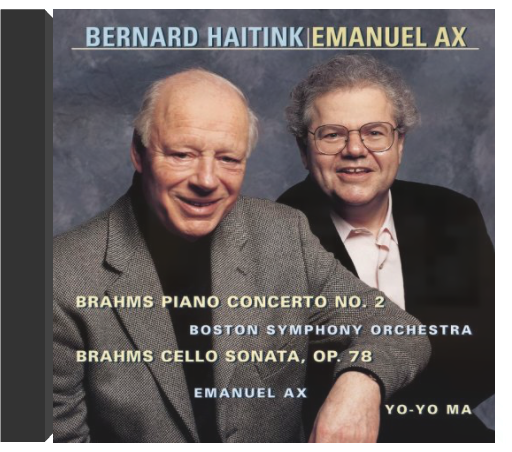 Brahms: Piano Concerto No. 2; Cello Sonata, Op. 78Yo-Yo Ma Brahms: Piano Concerto No. 2; Cello Sonata, Op. 78Yo-Yo Ma This is as fine a performance of the concerto as you are likely to hear. From the wistful opening horn solo to the sunny, cheerful finale, Ax and Haitink bring out its grandeur, power, and majesty, but also its tender, pensive lyricism and feathery playfulness. Every note is important; there is time to caress details and nuances without losing sweep and flow; rhythms are flexible, liberties poised, the orchestral sound is intense yet clear. The playing of the sonata, too, is all anyone could wish for, technically, musically, and expressively; but, among the transcriptions of Brahms's works—some of which he sanctioned or made himself—this arrangement of the First Violin Sonata for cello by an unknown hand is one of the more controversial and less felicitous. It entails a change of key, creating problems of range and texture; register changes break up melodic lines, and the soaring climaxes need the radiance of the violin tone. Ma's own transcription of Brahms's Third Violin Sonata, also recorded by him and Ax, is much better in every way. —Edith Eisler |
 Made with Delicious Library
Made with Delicious Library
